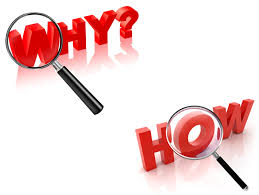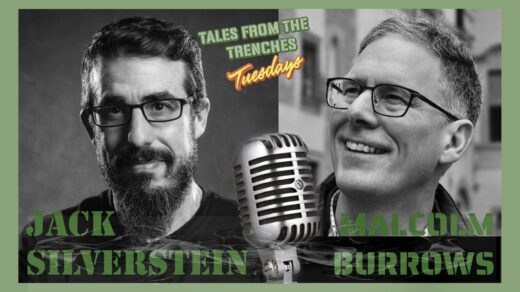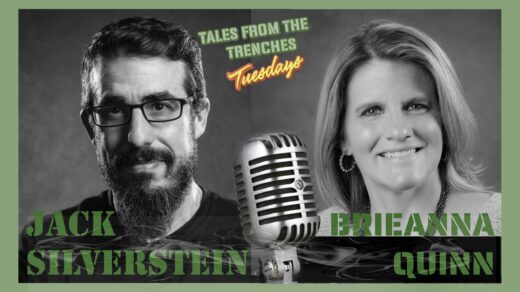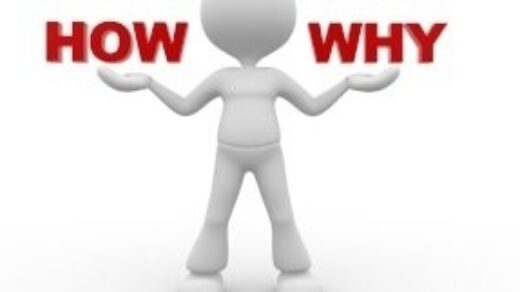
A few years ago, I wrote an article discussing the Why vs How when it comes to fundraising. This has always been at the heart of Simon Sinek‘s thoughts/books/podcasts. I believe that it should be at the heart of the fundraiser’s toolbox as well.
The gist of my 2017 article is that if you cannot get past the “why” somebody should support your cause, the “how” is irrelevant. So many fundraisers focus on the mechanics of a gift (how to set up annuities, transfer stock, etc.) and they lose sight of why someone is donating in the first place. Just look at their websites as proof. They are usually overloaded with technical examples of gifting shares or sample wording for a bequest but rarely speak to the impact that the gift would have in the first place.
Sinek takes it a step further and says “If you don’t know why you can’t know how”. Brilliant!
The Exercise
A great exercise for your organization is creating a list of the “HOW” (or, if it is more applicable, the “WHAT) and beside each point, come up with a “WHY”. This will help you articulate your Case for Support. The Case is the narrative that will weave a story that captures the problem that you, as an organization, are trying to solve. WHY is this service/program important?
By the way, having an answer of “because we can raise funds for it” is a horrible response to the WHY. Fundraising shouldn’t drive programming. Just because there is money out there does not necessarily make the program worthy of support. Nor should the opposite ring true. Fundraising cannot solve poor programming.
In addition, you can fine-tune that list even more to articulate your organization’s specific value proposition. What is it that you uniquely do that makes you worthy of support?
Decades ago, I ran feasibility studies. A lot of the questions that we asked the prospects focussed around the WHY questions. A small number of HOW questions included as well. This was an invaluable tool for separating the part of the Case that resonated well with prospects versus the components of the Case that received lukewarm (or even negative) reactions. Thereafter, the Case was refined, and (usually) a successful campaign ensued.
Who else can benefit from this exercise?
This list would be a great exercise to run with Board members. Far too often, the Board winds up in the weeds, looking at tactical solutions. This exercise keeps the Board’s sights high and focussed.
I have yet to meet a donor with money burning a hole in their pockets that couldn’t find a cause to support. On the other hand, I have seen many folks with nominal means support a worthy cause with extraordinary generosity. By keeping your focus on the why vs the how, the support will come.
Until next week.
L’chaim,
jack




